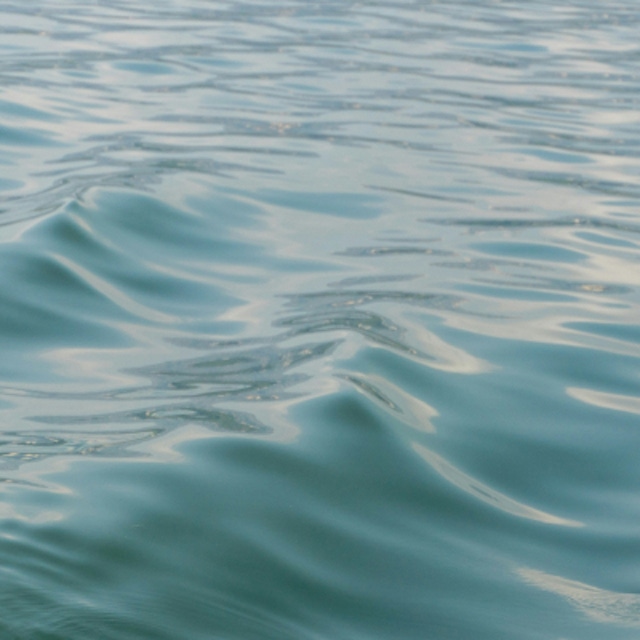ODE CLAY
AI for Earth Challenge 2024
Earth observation is having a moment. There’s tremendous energy and opportunity for impact. We invite engineers, scientists, researchers, and enthusiasts to build with us.
Sign Up Now
About the Challenge








The team at Clay, in collaboration with the Clark University Center for Geospatial Analytics, Development Seed, EarthPulse, ESA Phi-Lab, Ode, the Spatial Informatics Group, LLC, and the Taylor Geospatial Institute, created the #AIForEarthChallenge2024 to unlock new insights about the Earth, develop powerful tools to better understand and protect our planet, and create a benchmark to reward AI satellite models with operational excellence.
This challenge represents our commitment toward collaborating in the open to scale solutions for climate, nature, and people. It is supported through Clay's Social Impact Partnership with Amazon Web Services.
About Clay
Clay is a mission-driven 501(c)(3) nonprofit project. Our team is focused on supporting the emergent field of AI development for Earth observation through common infrastructure, benchmarks, and applications to concentrate effort and accelerate impact.

Overview
We have chosen seven tasks intended to highlight the operational value of foundation models and the type of signal and function needed, as proposed here. These cover spatial, spectral, and temporal signals and span across object detection, change detection, classification, regression, and generative tasks.
The tasks include:
Landcover classification
Aquaculture detection
Above ground carbon stock estimation
Crop yield estimation
Disaster flood extent mapping
Disaster fire severity mapping
Cloud gap imputation
To be eligible for the prize, participants are required to develop one Apache-licensed Jupyter Notebook in Python that can perform all of the above tasks using only one foundation model, built on fully open data (including commercial use) that is also openly available (available on public access on AWS, PC or Google, e.g., Sentinel, Landsat)
Up to date information about rules and requirements can be found on the submission platform. Please complete the form below to receive more information and register for the Challenge.
Award

We will announce the winning models at NYC Climate Week 2024. If those models only use open-source and open data, they will receive up to $10,000 in compute resources on AWS to be used before EOY to scale up and improve their solution.
Timeline

Challenge announcement and registration opens: May 17, 2024
Submission deadline: Sep 9, 2024, 16:00 CET
Winner announcement and showcase during NYC Climate week
Participation

Participants can submit multiple entries individually or collaborate in teams or as a company.
Both open-source and commercial models can participate in the challenge. However, only models that exclusively use open data and open code for training will be eligible for the prize.
We encourage participants to showcase the value of their models, regardless of their licensing.
If financial resources for model training pose a barrier for you to join the challenge, please reach out to us for support in accessing available resources.
Join the
challenge
Let’s push the boundaries of open-source AI for Earth observation. Together, we can unlock new insights and create powerful tools for climate, nature, and people.
